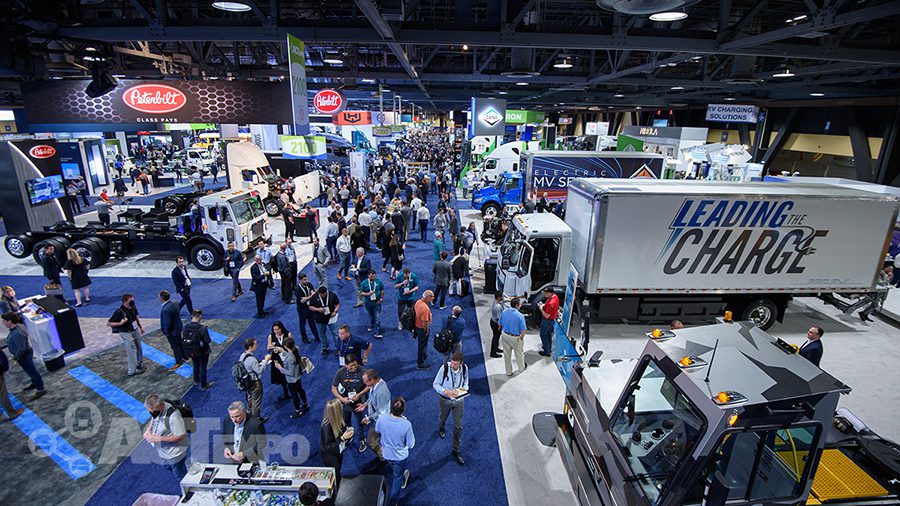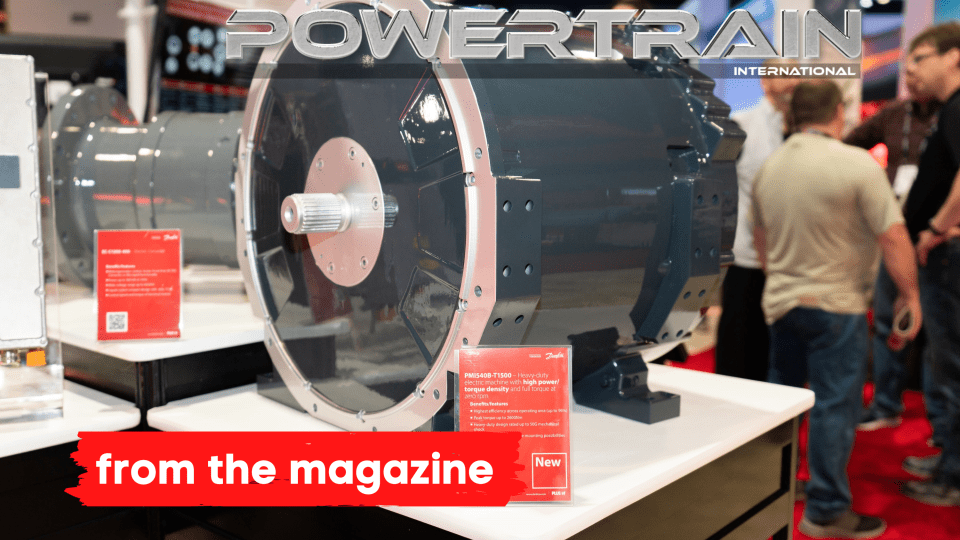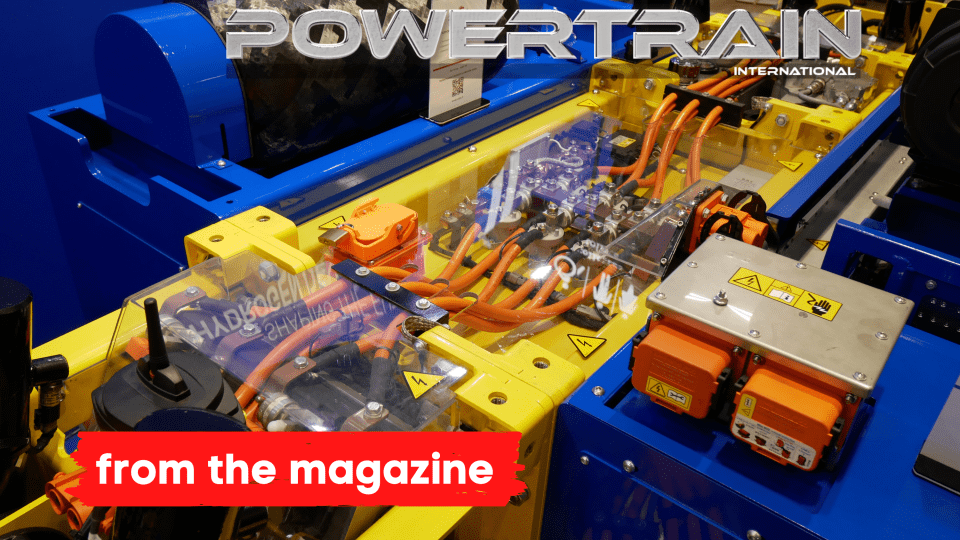COMAU Aura, a large collaborative robot to assemble FPT Industrial engines. Our interview with Head of Manufacturing Giuseppe Daresta
«The robot, added last year, operates in the heavy axles area of the Driveline plant in Turin and takes care of the preparation of sub-assemblies and the assembly of stub axles for the IVECO X-Way truck family. Basically, it works as a back-up to an automatic assembly station», says Giuseppe Daresta, Head of Manufacturing at FPT Industrial.
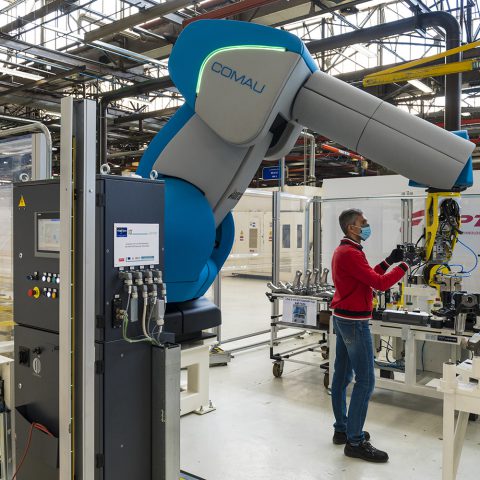
Aura by COMAU is a collaborative industrial robot (cobot) employed by FPT Industrial within the manufacturing process of its engines. The latest issue of Powertrain | Diesel International (here’s the e-magazine) hosts an interview with Giuseppe Daresta, Head of Manufacturing at FPT Industrial, who explained how they managed to integrate the cobot within the process. With several benefits in terms of repeatability and working conditions for human operators.
A COMAU collaborative robot within FPT Industrial facilities
What operations is Comau’s Aura robot currently engaged in?
The robot, added last year, operates in the heavy axles area of the Driveline plant in Turin and takes care of the preparation of sub-assemblies and the assembly of stub axles for the IVECO X-Way truck family. Basically, it works as a back-up to an automatic assembly station.
The cobot picks up the left stub axle from the full cart in a loading bay and deposits it near a preparation stand. At this point it enters the so-called collaborative mode and gives the operator a green light to enter the shared work area; the operator grabs the robot in manual guidance mode, therefore with both hands – also for safety reasons – and drags the axle on the counter. Then the operator moves it out of the way to complete the assembly operation. The operator then takes the robot back into manual guidance, releases the axle with the lever and takes it to a known area next to the counter. The operator exits the area and the cobot, thanks to the activation of a series of safety sensors, carries the subgroup autonomously into the empty trolley in the unloading bay. The cycle is repeated for the same component on the right side.
Cobots can relieve the operator’s work not only from a physical point of view, but also in terms of complexity management, for example
Giuseppe Daresta, Head of Manufacturing, FPT Industrial
How does the ‘sixth sense’ work?
The robot is equipped with several sensors. What we call ‘sixth sense’ is in fact a 3D scanner with an angle of 270 degrees that maps the environment around the robot. It can map up to 8 layers to be managed simultaneously. In this context, the robot knows which movements are allowed and any possible alarms, obstacles and foreign objects. It does this by recognizing both the human being and the objects that can be found in this area.
The robot has other senses: from the so-called manual guidance to the soft skin foam; it also has proximity sensors built into the foam that intervene before potential contact. In addition, it is equipped with force sensors on the wrist that measure the force applied for movements in manual guidance.
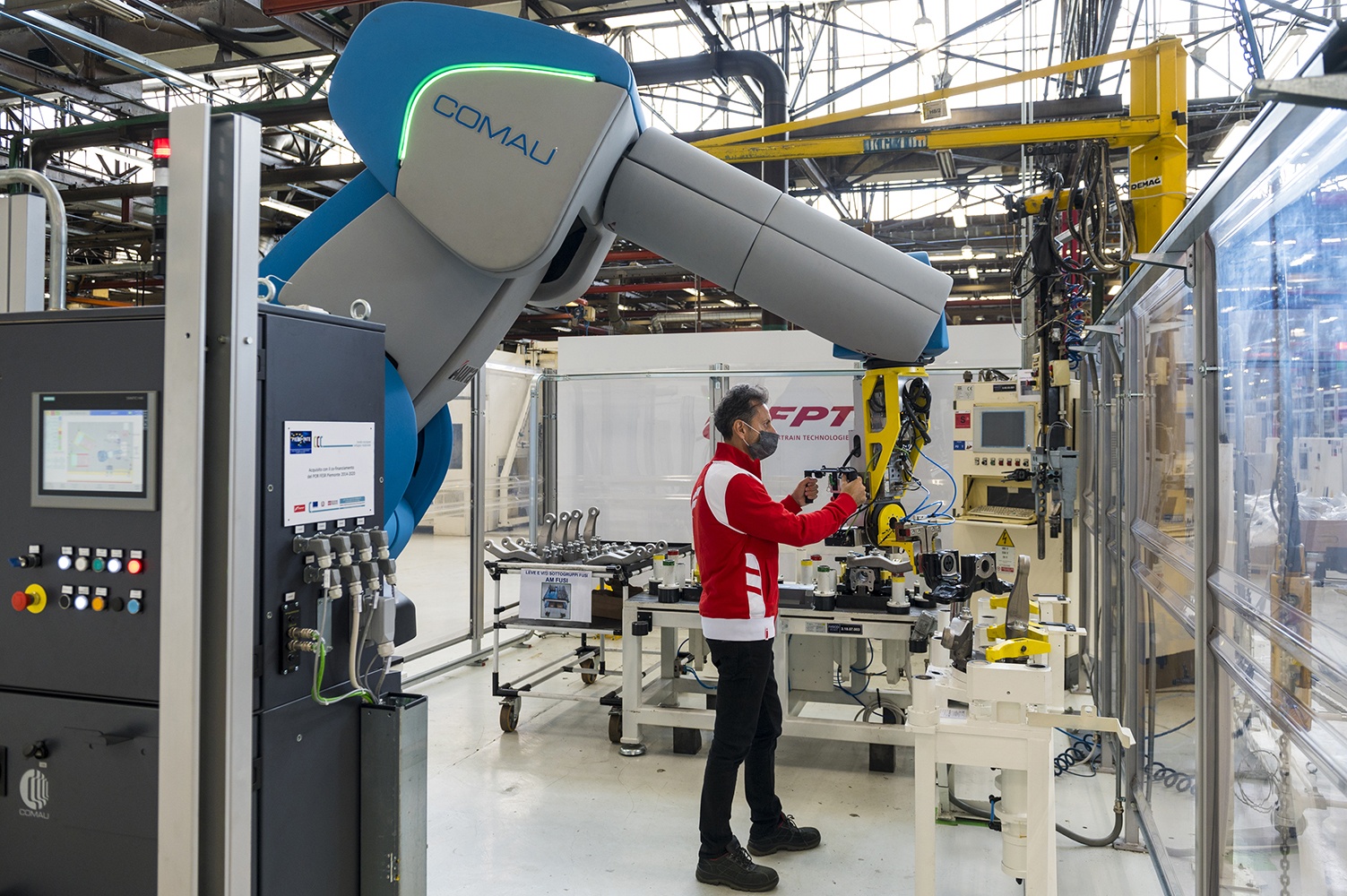
Some more possible tasks for the cobot
Thinking about the assembly operations that take place in FPT factories, do you think this type of collaborative robot is the only suitable one, or are you considering the possibility of introducing even smaller models?
We actually also have collaborative applications with smaller robots, working on smaller components. We are also thinking of an application with the cobot on an AGV trolley, in order to manage not only transport but also positioning.
Do you imagine collaborative robots mainly engaged in pick & place operations in a factory context or are other applications not to be excluded?
Screwing, for example, is another of the operations that can be entrusted to collaborative robots because it is a burdensome and repetitive activity, even if it is difficult to automate it completely because it has a high difficulty level. The collaborative robot can offer solutions that are an excellent compromise also in terms of costs.
How far do you think we can go with the automation of operations in a sector such as engines manufacturing?
The new frontier of automation lies precisely in collaboration. I do not believe that it will ever be possible to completely replace humans, at least in assembly processes, which are characterized by complex operations and often require manual skills. Cobots can relieve the operator’s work not only from a physical point of view, but also in terms of complexity management, for example. Collaborative robots can certainly help in creating ergonomic workstations even for older operators. Another aspect is the management of the psychological load level also with regard to the most repetitive operations.




